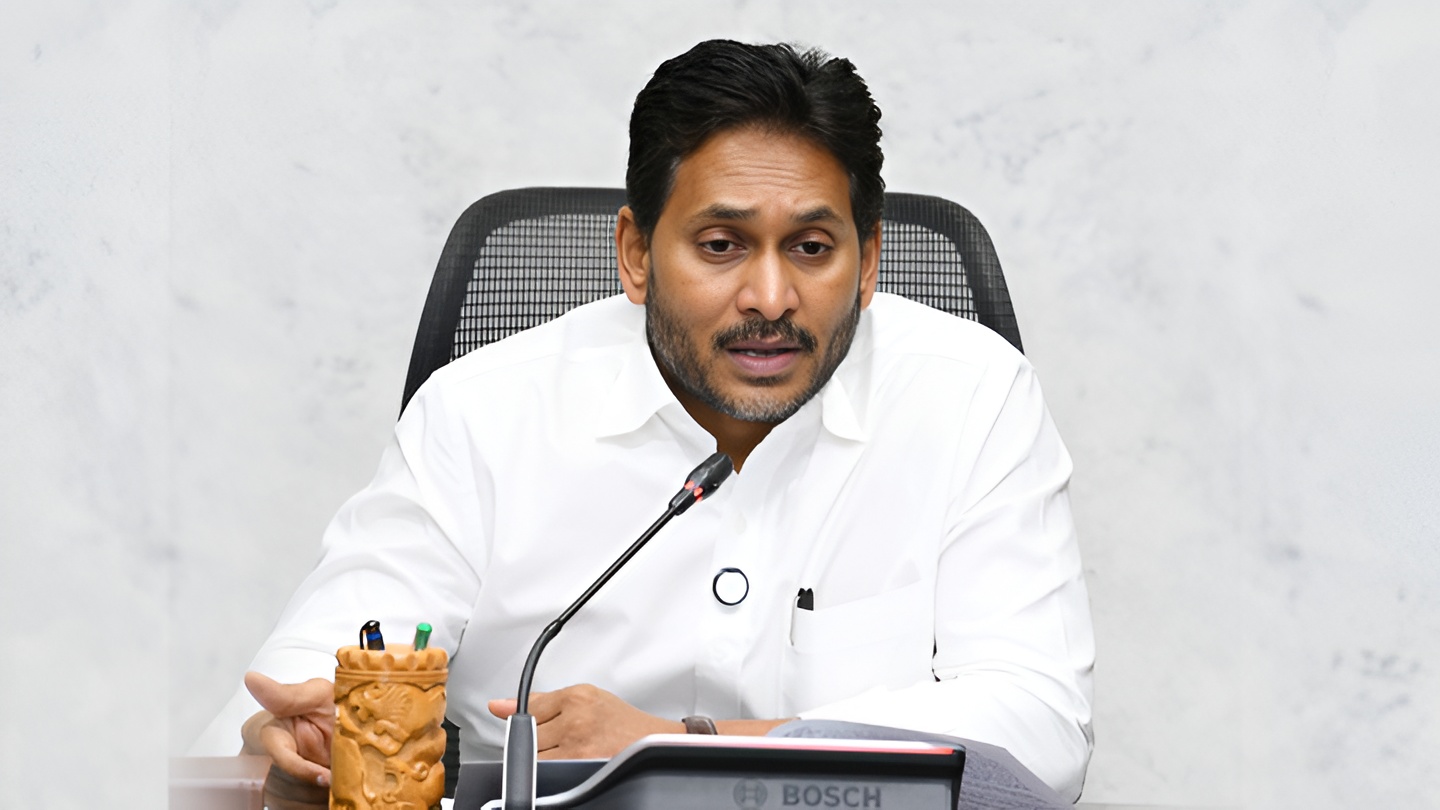In a move that could directly impact the everyday expenses of millions of Indians, the Central Government is considering a major overhaul of the Goods and Services Tax (GST) rate structure — with special focus on the 12% slab, which may soon be reduced to 5% or abolished entirely.
The proposal, currently under review, is expected to be taken up at the 56th GST Council Meeting scheduled later this month (July 2025). If approved, this would mark the most significant GST rate restructuring since its launch in 2017.
What’s in the 12% Slab?
A wide range of essential and household-use items currently fall under the 12% GST category — many of which are part of daily consumption for middle- and lower-income families. These include:
Butter, ghee, and processed food
Almonds, dry fruits, and other nuts
Fruit juices, canned fruits/vegetables
Pickles, jams, murabba, chutneys
Packaged coconut water
Mobile phones
Umbrellas
A shift of these items from 12% to 5% GST could significantly reduce the cost burden on consumers.
What Are the Government’s Options?
Two primary proposals are under discussion:
Option 1: Selectively reduce GST on essential items from 12% to 5%.
Option 2: Abolish the 12% slab entirely, redistributing goods into the 5% or 18% slabs.
The second option would help in simplifying the GST structure, which currently includes four major slabs: 5%, 12%, 18%, and 28%. Experts have long criticized the 12% category as confusing and overlapping, leading to frequent disputes over classification.
Why Now?
The timing of this proposal is crucial. With inflation concerns mounting and elections approaching, the government sees this potential move as a way to:
Ease price pressure on households
Offer relief to the middle class and poor
Deliver a strategic, pro-consumer message in the lead-up to national polls
What’s the Catch?
While the intention is to reduce prices, the GST Council must also consider revenue neutrality. If some items are moved to lower slabs, others may need to be pushed to higher ones (like from 12% to 18%) to balance the losses — a move that could trigger industry pushback.
A rate rationalization committee had earlier recommended reducing the number of slabs to make compliance easier for businesses and enforcement more consistent.
What Happens Next?
The GST Council, chaired by Union Finance Minister Nirmala Sitharaman, and comprising state finance ministers, will take a final call at its upcoming meeting. If the proposal is passed, the restructured rates could be implemented in phases.
Until then, all eyes remain on the Council’s table — and on the potential relief it may bring to the common man’s plate.











